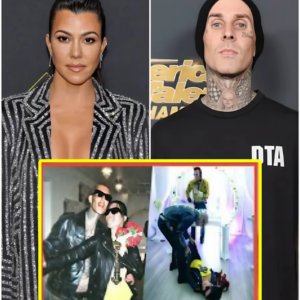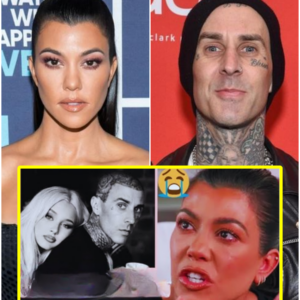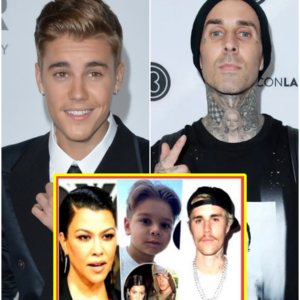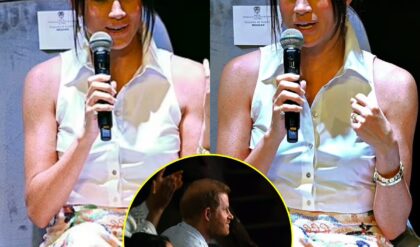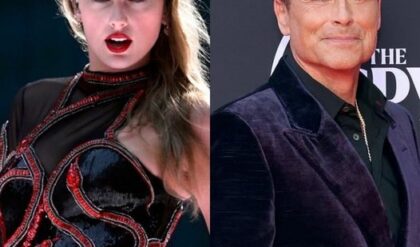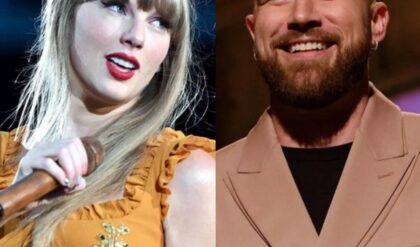Oprah Winfrey is often hailed as the queen of all media, celebrated for her influential talk show, television production, acting, and publishing ventures. However, like any public figure, she has had her share of controversies. One such instance was recently brought to light by Cindy Crawford, the iconic supermodel, during an episode of the Apple TV+ docu-series “The Supermodels.”
Crawford’s initial encounter with Winfrey was significantly different from her later appearance on “Oprah’s Master Class” in 2013. Reflecting on her first appearance on “The Oprah Winfrey Show” in 1986, Crawford described feeling judged and objectified. She recounted how Winfrey directed her to stand up and show her body to the audience. This moment, Crawford admits, felt demeaning, reducing her to a mere physical presence rather than recognizing her as an individual with a voice and intellect.
“I felt judged by the way that I looked,” Crawford said, as reported by ABC News. This experience prompted her to represent herself as more than just a physical presence. Despite making numerous appearances on Oprah’s show, Crawford’s recollection of their initial interaction wasn’t positive, especially when viewed through the lens of today’s cultural sensitivities.
Crawford was just 20 years old during her first appearance on Oprah’s show, alongside her manager John Casablancas. Oprah’s show had just been syndicated, and both women were navigating their early careers. During the interview, Winfrey directed many questions to Casablancas, asking him if he had to “groom” Crawford and whether she “always had this body.” Winfrey then asked Crawford to stand up so the audience could see her. Reflecting on this, Crawford felt she was treated like a child—”seen and not heard.”
In “The Supermodels” episode, Crawford expressed how traumatizing the interview was. She felt invisible as a person with a voice and agency over her destiny. It wasn’t until years later that she fully grasped how inappropriate the situation was. Following Crawford’s public comments, Oprah Winfrey appeared to respond by taking down the interview from YouTube.
The revelation sparked varied reactions on social media. Some dismissed Crawford’s concerns, arguing that Oprah was merely highlighting her physical beauty. Others, including Oprah’s close friend Gayle King, were surprised and disappointed by Crawford’s comments, noting that Crawford had appeared on the show many times and always had positive experiences.
Despite the controversy, Winfrey’s influence and legacy in the media industry remain unparalleled. She has built an empire and earned numerous accolades, including the prestigious Presidential Medal of Freedom. Beyond her media ventures, Oprah is recognized for her philanthropy and advocacy on various social issues.
The incident between Crawford and Winfrey highlights the evolving standards of cultural sensitivity and respect in media. While the interview may have been seen as acceptable in the 1980s, today’s perspective emphasizes the importance of respecting individuals beyond their physical appearances.
In conclusion, Cindy Crawford’s reflection on her early experience with Oprah Winfrey sheds light on the complexities of media interactions and the evolution of societal norms. It serves as a reminder of the importance of treating all individuals with dignity and respect, recognizing their full humanity beyond superficial judgments.
News
(B) Travis Barker MISSED when Kourtney Kardashian returned home drunk after Kardashians party. (VIDEO)…
Courtney Kardashian made headlines just seven weeks after giving birth when she decided to attend the annual Kardashian Jenner Christmas party sans pants. Despite recently welcoming her fourth child, Rocky, with boyfriend Travis Barker, Courtney seemed anything but tired as…
(B) Kourtney Kardashian Shocking Revelation on Why Her Relationship with Travis Barker Ended. (VIDEO)…
In the public eye, Travis Barker and Courtney Kardashian’s relationship was once perceived as an unbreakable union, filled with passion and devotion. However, recent revelations paint a vastly different picture, revealing the underlying turmoil that ultimately led to its demise….
(B) Kourtney Kardashian SECRET XTAPE With Minor Justin Bieber REVIEWED by The Feds. (VIDEO)
The recent discovery of a video purportedly featuring Courtney Kardashian and Justin Bieber has ignited a firestorm within the entertainment industry, prompting intense speculation about its potential ramifications. This revelation, coupled with reports of a raid on Diddy’s home, has…
(B) EXTREMELY SHOCKING: Kris Jenner Lied About DNA Test To Khloe Kardashian As O.J. Simpson Could Be Her Father. (VIDEO)..
In a moment etched into the memories of internet users, Chris Jenner once orchestrated a dramatic DNA test to dispel rumors surrounding Khloe Kardashian’s paternity. Speculations swirled, stemming from Jenner’s revelations in her memoir “Chris Jenner and All Things Kardashian,”…
(B) Kourtney Kardashian finally shows proof her son Reign Disick is actually Justin Bieber’s son. (VIDEO)..
Courtney Kardashian recently embarked on an exciting escapade to Australia and New Zealand with her husband, Travis Barker, for his tour. However, it was their youngest son, Rain, who stole the spotlight during their adventures. With his mischievous antics and…
(B) NEWS HOT; Travis Barker Found Evidence of Kourtney Shared Baby With Justin Bieber (video)…
The rumor mill surrounding Justin Bieber and the Kardashian family has been churning for quite some time, igniting speculation about his connections with various members. While the details are murky and often sensationalized, let’s delve into the complexities of these…
End of content
No more pages to load
